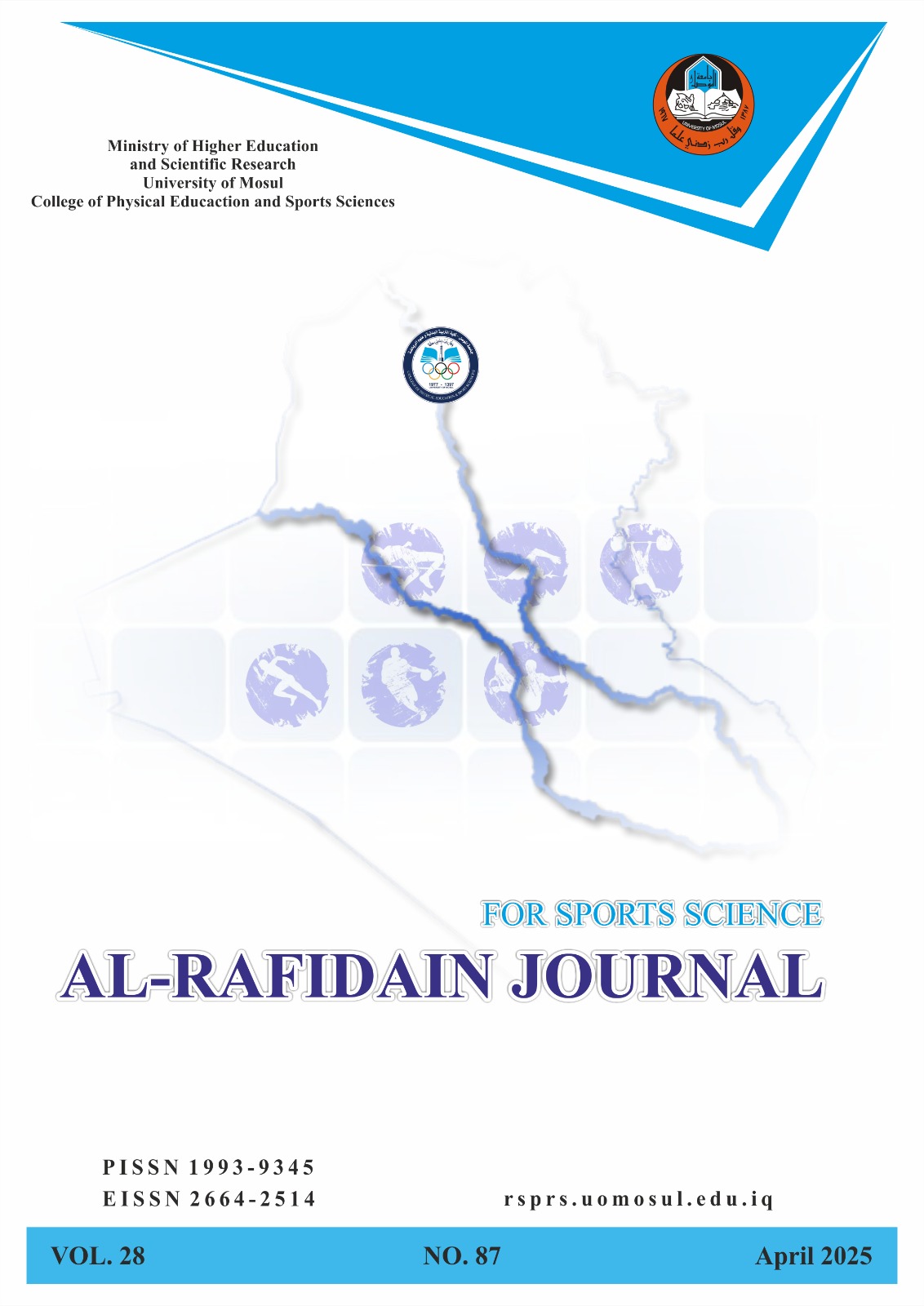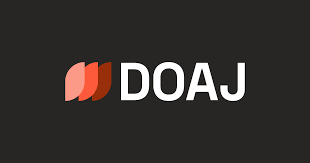The impact of concurrent and sequential training of the phosphagen and lactate energy systems on several functional variables and the performance in the 200-meter sprint for juniors
Abstract
The study aims to:Identify the statistical significance of differences in several functional variables and performance in the 200-meter sprint for juniors between the pre- and post-tests for the first experimental group using concurrent training of the phosphagen and lactate energy systems, and the second group using sequential training between the phosphagen and lactate systems. Additionally, identifying the differences in the mentioned variables between the two study groups using concurrent and sequential training of the phosphagen and lactate systems in the post-test.The researchers used the experimental method for its suitability and the nature of the research. The study was conducted on a sample of short-distance runners in the junior category in Nineveh Governorate for the 2022 sports season, consisting of 12 runners. This sample was divided into two experimental groups intentionally, with 6 runners in each group. Homogeneity was ensured in the study sample variables of chronological age, training age, height, and weight. Equivalence was also ensured between the two study groups in the functional variables and performance in the 200-meter sprint.A two-group experimental design with pre- and post-tests was used, with intentional selection and distribution. The study procedures included designing two different training programs: the first was concurrent training of the phosphagen and lactate systems, and the second was sequential training between the phosphagen and lactate systems. The researchers conducted two preliminary experiments: the first to conduct a training unit, and the second to perform the tests.Pre-measurements were then conducted, followed by the implementation of the concurrent and sequential training programs. The training programs lasted for 9 micro cycles consisting of three mesocycles, with each mesocycle containing three micro cycles and a load movement formation of (2:1) in each mesocycle. Each microcycle included four training units. After that, post-measurements were conducted following the same steps and procedures used in the pre-measurements.To analyze the results, the SPSS statistical program was used, relying on the following statistical tools: arithmetic mean, standard deviation, t-test for dependent samples, t-test for independent samples, percentage, skewness coefficient, Cohen's d effect size, and eta squared.The researchers reached several conclusions, the most important of which are:Concurrent training of the phosphagen and lactate systems implemented by the first group resulted in significant progress in functional variables (heart rate after the 200-meter sprint, lactate levels after the 200-meter sprint, anaerobic power) and significant progress in the 200-meter sprint performance, with a large effect size (L).Sequential training between the phosphagen and lactate systems implemented by the second group resulted in significant progress in functional variables (heart rate after the 200-meter sprint, lactate levels after the 200-meter sprint, anaerobic power) and significant progress in the 200-meter sprint performance, with a large effect size (L).Concurrent training of the phosphagen and lactate systems implemented by the first group did not result in significant progress in the fatigue index, with a small effect size (S).Sequential training between the phosphagen and lactate systems implemented by the second group did not result in significant progress in the fatigue index, with a medium effect size (M).






